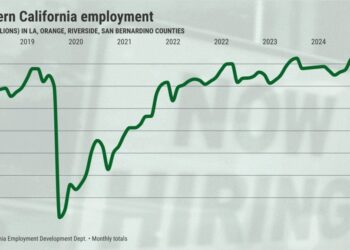“In addition to driving new leasing, which will be challenging in this market, office landlords should consider how they can drive demand for space by incentivizing existing tenants to come into the office more and increase utilization, which will ultimately enhance asset value.”
CONTINUED HOUSING DEMAND KEEPS MULTIFAMILY A BULLISH SECTOR
The uncertain outlook on office space is also influencing sentiment about multifamily performance in metropolitan markets. The Winter 2023 Survey finds that urban multifamily assets have not recovered as quickly as those in subur- ban markets as migration trends outside of city centers continue and residents seek more afford- able, transit-oriented housing options.
Two factors driving new multifamily development in the 2023–25 period are the inland parts of the state experiencing growth in logistics and infrastructure construction, coupled with two series of state laws — SB8, SB9 and SB10; and AB2011, AB2097 and AB2234 — that override some local building approval pro- cesses, therefore opening land currently zoned for single-family homes to the construction of small multifamily structures, and reducing barriers to multifamily construction in transit corridors.
“California has such a lack of supply. As such, interest rates and inflation won’t create a huge impact on land use entitlements and development,” says Spencer Kallick, partner at Allen Matkins. “The multifamily market is very hot right now.”
INDUSTRIAL BEGINS TO NORMALIZE
While industrial remains a strong performer in the industry, the latest survey predicts that demand will remain strong but not increase at 2020 and 2021 rates in the coming years. According to the survey, two-thirds of Northern California respondents and more than half of Southern California respondents are planning at least one new industrial project in the next 12 months. While this is comparable to the Summer 2022 survey, the most recent survey results did indicate a slight…
Read the full article here







